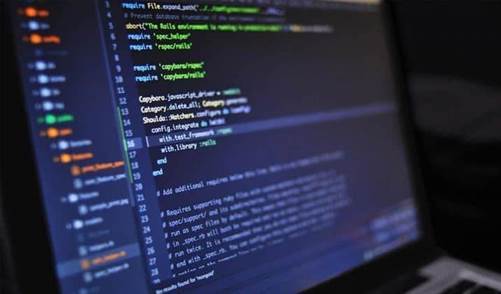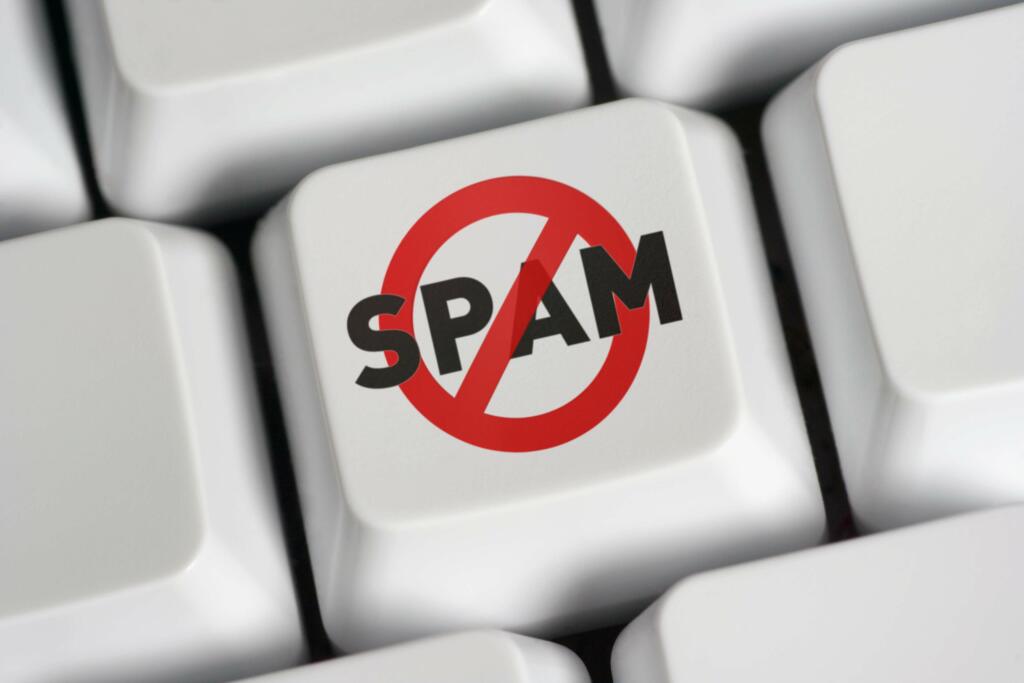If issues are detected, they can easily be compared to their location on the chart for debugging or error control. In other words, it provides a heuristic blueprint for maintaining quality control. Quality control is a set of processes through which a business ensures that product quality is https://globalcloudteam.com/ maintained or improved. Quality control requires the business to create an environment in which both management and employees strive for perfection. This is done by training personnel, creatingbenchmarksfor product quality and testing products to check forstatistically significantvariations.
- Now, find how many standard deviations you need to fall in between your controlled process.
- Large amounts of attribute data can frequently be collected at one inspection station.
- If worse, then that cause should be eliminated if possible.
- When special cause variations occur, it’s still a good idea to analyze what went wrong to see if these anomalies can be prevented in the future.
- Pareto charts are used to visually display categories of issues so they can be correctly prioritized.
- A chart with points that are varying in a random fashion is said to have a natural pattern.
After the defeat of Japan at the close of World War II, Deming served as statistical consultant to the Supreme Commander for the Allied Powers. See a sample control chart and create your own with thecontrol chart template. In addition, our software solutions automate and simplify chart use to help you get actionable information from your quality data. For a better understanding of the Western Electric 2 rule, calculate and plot the 2 standard errors line on the chart. Control rules are specified with the controlrules function. The following example illustrates how to use Western Electric rules to mark out of control measurements on an Xbar chart.
More articles on Process Management
The application of SPC principles and continuous improvement go hand in hand. SPC, or statistical process control, is a method that’s frequently used to find production-line flaws and guarantee that the finished product falls within accepted quality limits. For complex assemblies, it would be very impractical to require a separate control chart for each measured characteristic. Attribute charts in this case can indicate problem areas and suggest where more detailed variables control charts may be needed. Control charts are at the heart of statistical process control . It can be filling out an expense report, checking a person into a hospital, driving to work, filling a prescription, etc.
Starting Pitcher Chart – May 19th – fangraphs.com
Starting Pitcher Chart – May 19th.
Posted: Fri, 19 May 2023 18:41:51 GMT [source]
For example, you decided that you will leave your home 30 minutes early; therefore, the control chart will show new variation and average in the data. Furthermore, it also indicates the kind of variation you’re dealing with as you move towards continuous improvement. Moreover, control charts are not always used alone, but It helps you to draw out conclusions on whether the process variation is getting out of control or consistent. The points that fall outside of your control limits indicate the times that the process was out of control. If these out of control points happen rarely, you need to look at them to analyze what went wrong and to plan for fixing them in the future.
Control chart
The S-chart is commonly used for relatively large subgroups, typically five or more. A good example of this is a packing machine in production that should be packing goods within a specific weight limit. Quality control can get ten or more finished packs every hour of production and get the data on their weights. The standard deviation is calculated for every hour sub-group or sample. The sampling is done a few more times to see the behavior of the spread over time.

Attribute data is easier to collect and, as a result, less costly to acquire. Inspection skills are not complicated, and gauges, if used, are simple GO/NO-GO gauges. In some cases, the data is already available from past inspection records. Large amounts of attribute data can frequently be collected at one inspection station.
What is a project control chart?
However, for smaller changes (such as a 1- or 2-sigma change in the mean), the Shewhart chart does not detect these changes efficiently. This move continues to be represented by John Oakland and others but https://globalcloudteam.com/glossary/control-chart/ has been widely deprecated by writers in the Shewhart–Deming tradition. As for the calculation of control limits, the standard deviation required is that of the common-cause variation in the process.
A chi-squared test is a statistical test used when comparing expected and observed outcomes. The test is designed to determine if the difference between observed and expected data is due to chance or if there is a significant relationship between the two variables. To determine the range of outcomes by seeing the variations in points. A learning curve is a mathematical concept that graphically depicts how a process is improved over time due to learning and increased proficiency. For example, Bob wants to know if his widget press is creating widgets that are up to standard. He decides to test the density of a random sampling of widgets to see if the press air injection system is working properly and mixing enough air into the widget batter.
What Is a Quality Control Chart?
Once the causes of out-of-control points are corrected, the control limits should be recalculated, excluding those out-of-control subgroups. The chart then should be re-evaluated with the new limits to look for more out-of-control conditions. The gray center line is the Mean of those averages, also called the X Double-Bar. The red lines above and below are the Upper Control Limit and Lower Control Limit .
This makes the control limits very important decision aids. The control limits provide information about the process behavior and have no intrinsic relationship to any specification targets or engineering tolerance. In practice, the process mean may not coincide with the specified value of the quality characteristic because the process design simply cannot deliver the process characteristic at the desired level. The standard deviation (e.g., sqrt of the mean) of the statistic is calculated using all the samples – or again for a reference period against which change can be assessed.
Example Control Chart including issues where the status is ‘Resolved’ or ‘Closed’ only
Please note, even though the operator may be over adjusting the process, there may be other special causes present. While both SPC and SQC have a place in a facility, choosing the appropriate parameters to monitor at the appropriate times is crucial. These are standard recordings that capture significant hardware and software events.

Meanwhile, if a special cause does occur, it may not be of sufficient magnitude for the chart to produce an immediate alarm condition. If a special cause occurs, one can describe that cause by measuring the change in the mean and/or variance of the process in question. When those changes are quantified, it is possible to determine the out-of-control ARL for the chart.
Which software is used for SPC?
All control charts can be used for Phase I studies, in which the data determine the location of the control limits, and Phase II studies, in which the data are compared against a pre-established standard. A special procedure is also provided to helpdesign a control chart with acceptable power. I cannot emphasize enough the importance of establishing documented procedures to manage the tools and methods used. Best practice includes providing the rationale for your organization’s use of control charts for continuous process monitoring.